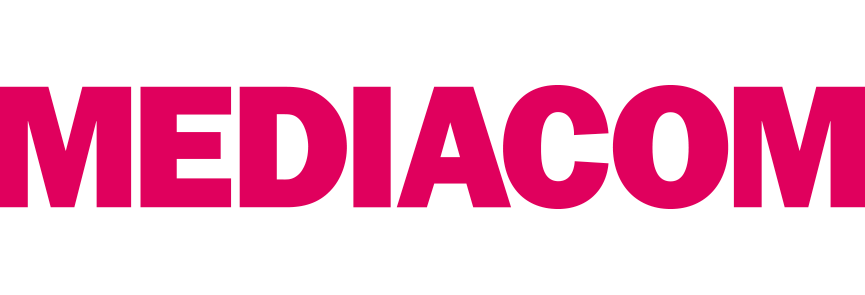MediaCom

MediaCom is one of the world’s largest media agencies, boasting 5,812 employees in 122 offices across 97 countries. It manages billions of pounds of advertising spend globally. Chairwoman Karen Blackett, OBE, served as CEO of MediaCom UK for five years and chief operating officer of EMEA for two years. Advertising Age and Women in Advertising and Communications named her a Woman to Watch in 2016. She led on MediaCom's Tesco pitch, winning the $135 million account, and introduced an apprenticeship programme for 18- to 24-years-olds as a way to attract a more diverse workforce.
Getting the best out of MediaCom as a supplier is not always about how much you spend. Relationships are important too. The client who works in partnership with us will gain access to more of the agency’s expertise. They will be the first port of call when we trial new products or new ideas and will get first-mover advantage. We give open access to clients that are open with us and take a more inclusive approach.
It’s not only true for large clients. In fact, being small can be an advantage if the relationship is right. It is not only scale or size that is important, but also growth. We are all in the business of growth: growth for my agency as well as growth for my clients. I win when my clients grow. A smaller customer with a vision that is on a growth trajectory can punch above its weight. There is an opportunity as remuneration is linked to growth.
It is also about those clients and teams that are courteous and treat us like a partner, allowing us to live and breathe the brand and the product. Then you go above and beyond the usual service. I always talk about clients such as Metropolitan Police, which has a tiny spend in comparison with the likes of Sky, DFS or GSK. We have worked with the Met since 1998. We believe that they need us, they are respectful and they share information with us. Our team believes we can make a difference to policing and safety the UK and London. It is a tiny spend overall, but a combination of culture, behaviour and being inclusive add up to more than the sum of their parts.
Becoming a customer of choice
For us, it is easy to see when a client is going to be a customer of choice. We know we have a fantastic relationship when the CEO has spent time with us as an agency and they value what we can deliver. You know the relationship does not stop and start in marketing or procurement.
But the procurement team can be very important. We like spending time with ones we think are more innovative and creative. We like it when there is not always a black and white answer and they want us to solve problems and be creative. That’s where we have the best relationship, rather than rigidly sticking to the textbook. We love finding new ways to do things, not least because reinvention and innovation can set the template for other clients.
Remuneration linked to performance
The best relationships with our clients, and their procurement teams, occur when there is a genuine mutual respect, an openness to sharing of data and a common focus and goal. A number of our remuneration packages are now linked to the client’s performance, although, clearly, there is an understanding that we cannot affect some of the inputs to the client’s business. However, it is a statement of intent: we nail our colours to the mast and show our commitment. But to help business performance, we need feedback, data and information. The more informed and empowered relationships tend to be the ones where we are treated as partners rather than a supplier.
Clients that don’t treat us as a partner will not get the most out of the service we can offer. If it is a more functional relationship, and we are used for only part of the marketing and communications plans, they don’t get the best out of the agency because it is a very prescriptive relationship. Where there is not the dialogue, or relationships, it does sometimes mean that opportunities are missed when we could have helped further or added more value to services.
Consider costs
In the worst cases, clients inadvertently add to our costs. That tends to be related to reporting. The client requests reports: numerous reports. We are not sure they even see the light of day. It is something they do because that is what they have always done; because they think it is needed. A lot of the time its middle-management asking on behalf of senior management who don’t even know the team is asking for them. Producing so many reports prevents our team from doing something a lot more productive for the client.
Having said that, revisiting the scope of the work can help save clients money. It is important to make sure it is what they are looking for. Sometimes you have a client relationship that starts and over a period of time you do not re-evaluate the scope of work frequently enough. Part of cost savings come from really understanding whether you are working to the right scope and the effort is being put in the right direction.
Vision and partnership
It’s the clients who share their culture, ambition and strategy who get the most value out of our services. Where you feel like it is a partnership rather than a supplier relationship, you feel you have more invested in the client. If we spend time in client’s building and they spend time in ours, it amounts to the feeling of partnership. You feel like you are an extension of their team – there is a shared vision and goal and you can help them achieve it.